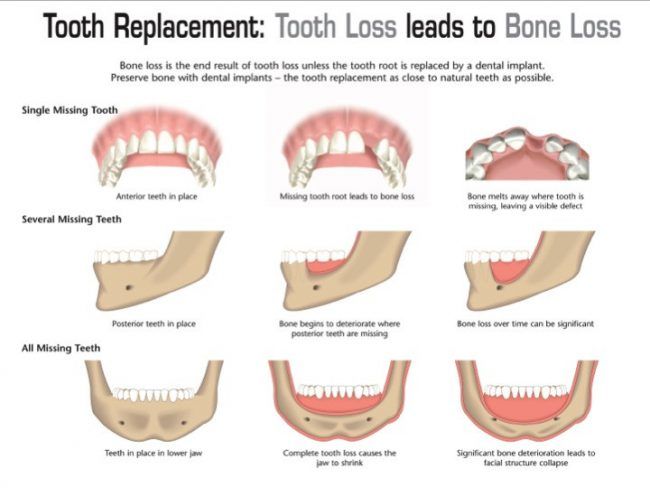Hand Abscess Treatment: Fast Recovery

A hand abscess is a serious infection that requires prompt medical attention to prevent further complications. It is essentially a pocket of pus that has developed within the tissues of the hand, often as a result of a bacterial infection. The symptoms can include swelling, redness, warmth, and tenderness in the affected area, along with fever and general malaise. If left untreated, a hand abscess can lead to more severe conditions, such as osteomyelitis (infection of the bone), sepsis, or even the loss of function in the hand.
Understanding Hand Abscesses
To effectively manage and treat hand abscesses, it’s crucial to understand their causes and how they develop. Hand abscesses are commonly caused by bacterial infections, with Staphylococcus aureus being one of the most prevalent bacteria involved. The infection can enter the body through small cuts or puncture wounds on the skin. In some cases, the abscess may also be a complication of another condition, such as paronychia (infection around the nail) or felon (an infection of the fingertip pad).
Treatment Options for Hand Abscesses
The treatment of a hand abscess typically involves a combination of drainage of the abscess and antibiotic therapy. The goal is to eliminate the infection, reduce the risk of complications, and promote healing.
Incision and Drainage (I&D): This is a surgical procedure where a healthcare provider makes an incision into the abscess to drain out the pus. The area is then cleaned and dressed. I&D is often performed under local anesthesia to minimize pain.
Antibiotic Therapy: After the abscess has been drained, or in cases where the abscess is small and not severely infected, antibiotics may be prescribed to help clear up the infection. The choice of antibiotic depends on the suspected or confirmed causative bacteria.
Wound Care: Proper wound care is essential for healing and preventing further infection. This includes keeping the wound clean, applying topical antibiotics if prescribed, and changing dressings regularly.
Pain Management: Pain relief is an important part of the treatment plan. Over-the-counter pain medications or, in some cases, prescription pain medicines may be recommended.
Follow-Up Care: Regular follow-up appointments with a healthcare provider are crucial to monitor the healing progress and to address any complications early.
Enhancing Recovery
While medical treatment is the cornerstone of managing hand abscesses, several steps can be taken to enhance recovery:
- Rest: Avoid using the affected hand as much as possible to prevent irritating the wound and to allow it to heal properly.
- Elevation: Keeping the hand elevated above the level of the heart can help reduce swelling.
- Hydration: Drinking plenty of fluids can help your body recover from the infection.
- Nutrition: Eating a balanced diet rich in vitamins, minerals, and proteins can support the healing process.
- Follow Medical Advice: Compliance with the treatment plan, including taking antibiotics as directed and attending follow-up appointments, is vital for a successful recovery.
Preventing Hand Abscesses
Prevention is key when it comes to hand abscesses. Practicing good hygiene, such as washing hands regularly, especially after cuts or puncture wounds, can significantly reduce the risk of infection. Promptly treating any cuts or wounds by cleaning them with soap and water, applying antibiotic ointment, and covering them with a bandage can also help prevent infections.
Complications and When to Seek Medical Attention
It’s essential to seek immediate medical attention if symptoms of a hand abscess worsen, or if there are signs of spreading infection, such as increased redness, swelling, or fever. Prompt medical intervention can prevent serious complications.
FAQ Section
What are the common symptoms of a hand abscess?
+Common symptoms include swelling, redness, warmth, tenderness in the affected area, fever, and general feeling of being unwell. In severe cases, you might also experience difficulty moving the affected hand or finger.
How long does it take for a hand abscess to heal?
+The healing time can vary depending on the size of the abscess, the effectiveness of the treatment, and the overall health of the individual. Generally, with proper treatment, most hand abscesses start to show significant improvement within a week to ten days. Full recovery, including the return of normal hand function, may take a few weeks.
Can hand abscesses be prevented?
+Yes, many hand abscesses can be prevented by practicing good hygiene, promptly treating cuts and wounds, and avoiding direct contact with individuals who have infections. Regular hand washing, especially after coming into contact with someone who is sick or after touching something that may have come into contact with bacteria, is crucial.
In conclusion, while hand abscesses can be a serious and painful condition, prompt medical treatment and proper care can lead to a fast recovery. Understanding the causes, recognizing the symptoms, and taking preventive measures are all key components in managing and avoiding hand abscesses. If you suspect you have a hand abscess or are experiencing symptoms of an infection, do not hesitate to seek medical attention.



